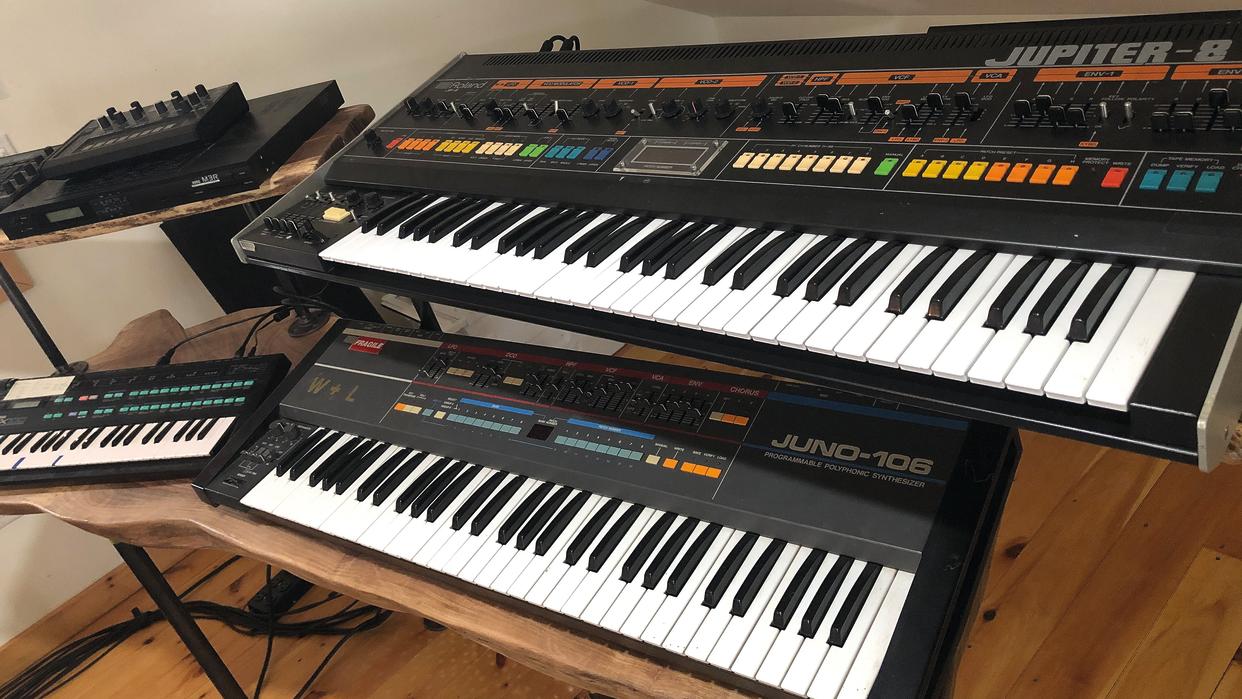9 tips for buying second-hand music gear without getting scammed

There's no getting around it: gear is expensive. Where a brand-spanking new synthesizer might cost you an arm and a leg, going second-hand might only set you back... a finger?
Buying used instruments and gear will certainly save you cash, but only if it's done right. The second-hand market is a risky place and tangling with the wrong seller could leave you with broken or faulty equipment, or even with nothing at all.
Here are our top tips for securing those studio bargains securely.
1. Try to buy local
While there may be many international bargains to be had on sites like eBay and Reverb, buying local has advantages: you can check the gear out in person, pick it up there and then, and not worry about courier costs and possible damage. Buying internationally might also mean extra costs like import duty, courier charges and even power requirements to get the gear working safely in your country.
2. Try the gear out
We’ll stress again: with sites like Facebook, try before you buy. Again, buying local helps, and both Facebook and Gumtree let you filter ads to a certain distance. Check power, the outputs (not just the headphones), and the knobs and faders (for crackle). If you really can’t resist buying something at distance, use a site like Reverb which offers security for buyers when faulty goods are sold.
3. Pay with care
Can’t meet the seller and have to rely on paying them remotely? Use Paypal or Reverb which offer cover for buyers and sellers. Paypal states: “If your eligible purchase doesn’t arrive, or doesn’t match the seller’s description, we can reimburse you.” We’ve been reimbursed through Paypal, but the process can be lengthy. Also bear in mind that when using PayPal for buying and selling, there will be a charge, so either use the site’s Friends and Family option or negotiate with the seller.
4. Using Reverb
We’ve bought and sold a lot of gear using Reverb and had generally positive experiences. The site will cover you if you’re scammed or if goods are faulty or not ‘as described’. The site is also easy to use, both for buying and selling. However it does have a couple of negatives: scammers still use it and prices tend to be higher, at least compared to eBay, Facebook Marketplace and Gumtree.
5. Avoid bank transfers
Apart from Paypal or Reverb, it really is best to avoid bank transfer payments unless you’re meeting the buyer directly to collect the gear. We’ve been scammed but were lucky enough to be reimbursed by our bank. However, not all banks will cover you this way.
6. Set sensible prices
When selling gear, ensure you don’t go overboard with your asking price as, with most music gear, it’s a buyer’s market at the moment. Check what price it’s being advertised for on the main sites – Reverb, eBay, etc – but remember that these are the asking prices, not the actual price an item has sold for. For a more realistic price, click the ‘Sold Items’ option on eBay to gauge current gear values.
7. Getting 'bargains'
If a price of an item seems too good to be true, it’s likely to be a scam. (We’ve recently seen a secondhand Jupiter-8 for sale for silly money on Facebook’s Marketplace, for example.) Bargains are out there, though, so if you see something which seems too good to be true, ask to meet the seller and try out the gear. We’ve rooted out a few scammers this way, never hearing from them again!
8. Make offers
Don’t be scared to make offers through whatever website site you’ve seen the gear advertised on. Reverb.com has a great way of making offers which makes the process very smooth, and most sellers using Facebook Marketplace and Gumtree expect to get offers. But don’t go in with ridiculous low ball amounts. The seller won’t take you seriously from that point on, so you might not get another chance to make a second, more sensible offer!
9. Using couriers
When using a courier, sellers should get the gear insured but first ensure the courier service insurance policy covers music gear (some companies refuse insurance on instruments). It can be difficult to make claims for goods damaged in transit, so take photos of how the gear first arrived, if broken, to use as evidence when making a claim.
Read more: How to buy a used guitar

